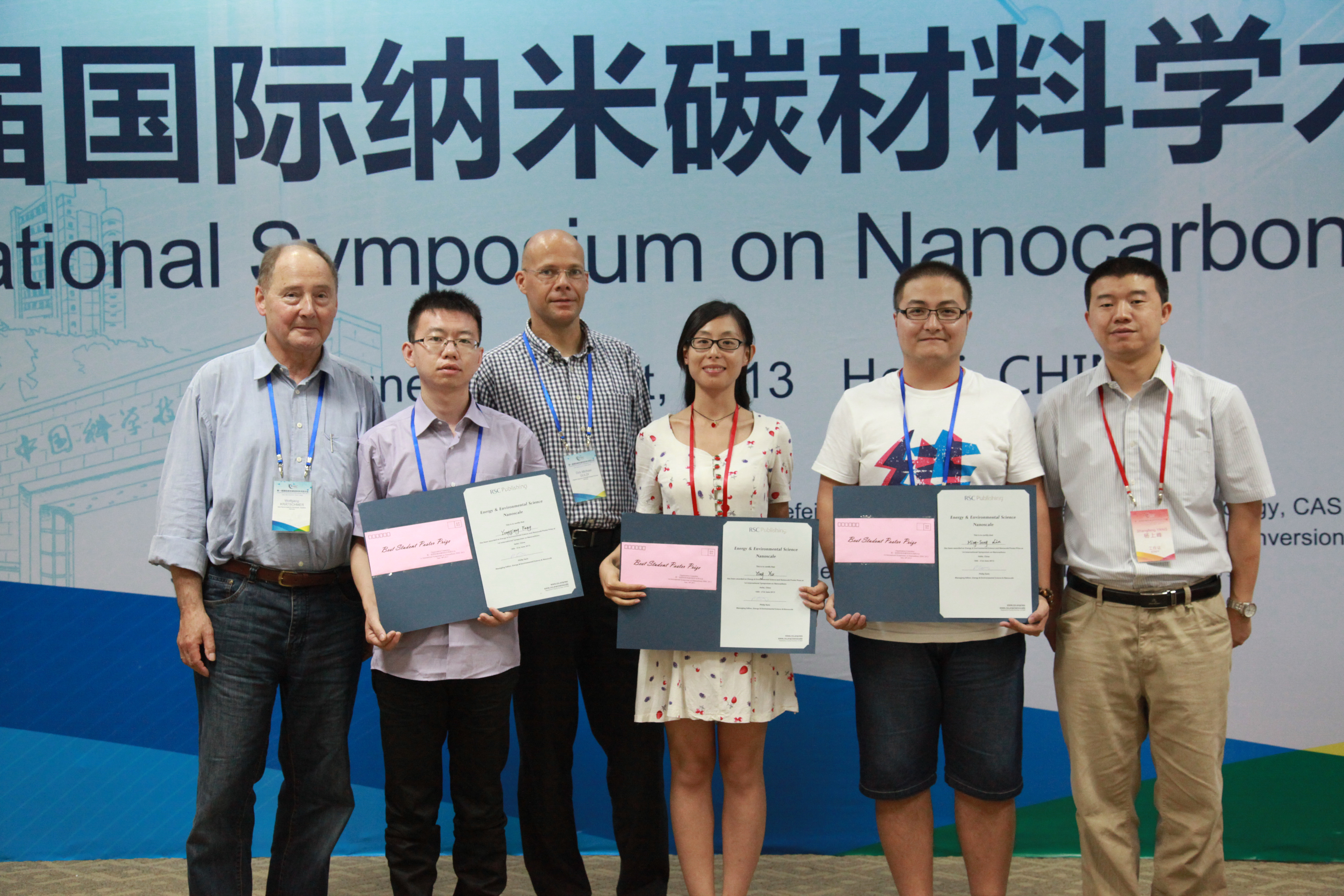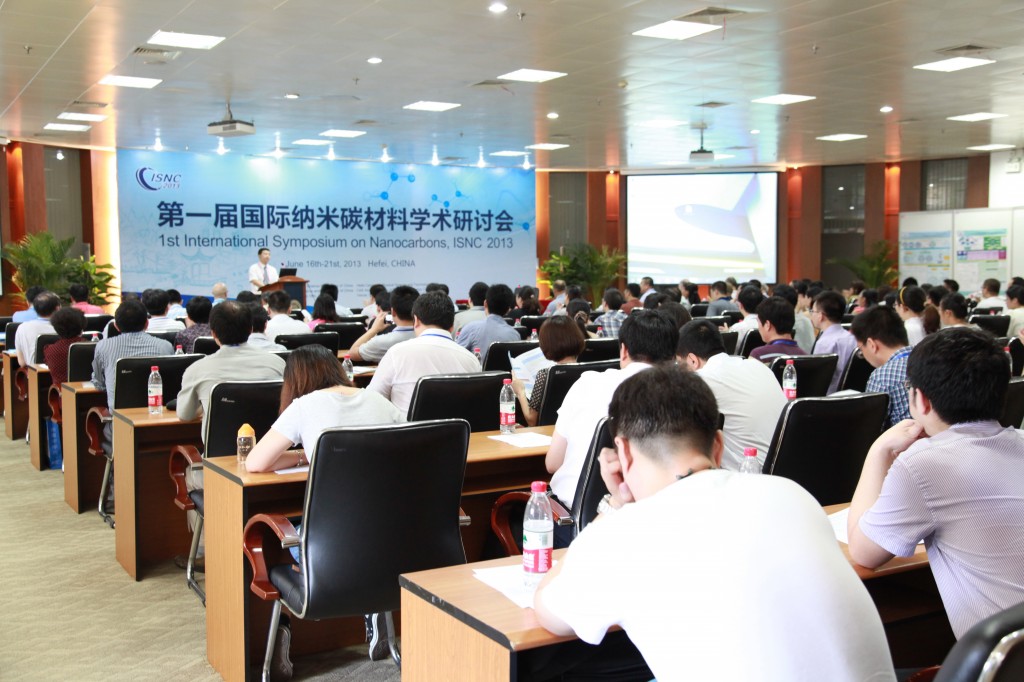In this article, researchers from Southwest University, China, investigate the size-dependent nature of the localized surface plasmon resonance (LSPR) of silver nanoparticles (AgNPs) using a combination of darkfield microscopy (DFM), scanning electron microscopy (SEM) and UV-Vis spectroscopy.
The AgNPs were synthesized with different shapes via a sulfide-mediated reduction of AgNO3 with ethylene glycol in the presence of PVP and Na2S. By combining SEM and DFM analysis, the authors were able to confirm the presence of nanospheres, nanocubes, triangular nanobipyramids and nanorods, which emit blue,
cyan, yellow, and red light, respectively. In addition, the researchers adsorbed small alkanethiol molecules on the surface of the various nanostructures in order to test their viability as nanosensors. By measuring the change in the λmax before and after the addition of the small molecule, the researchers concluded that the nanorods offer the greatest degree of sensitivity.
The authors have reported a simple method whereby AgNPs of different shapes and colours can be synthesized and utilized as multiple labels, in a similar fashion to quantum dots, in bioassays and imaging.
By Dr Lee Barrett
Read more about this interesting research:
Screening sensitive nanosensors via the investigation of shape-dependent localized surface plasmon resonance of single Ag nanoparticles
Yue Liu and Cheng Zhi Huang
DOI: 10.1039/C3NR01952G



















 Seawater can be used as fuel to propel micromotors say scientists in the US.
Seawater can be used as fuel to propel micromotors say scientists in the US. 


